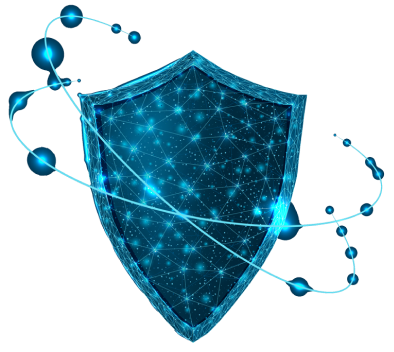Deliver secure and reliable applications with Medianova DDoS Protection

Medianova DDOS
Global Network Security for Your Apps and APIs
Mitigation within Seconds
Rapid DDoS response with always-on protection, instantly detecting and mitigating threats to minimize downtime and maintain seamless user experiences.
High Capacity Protection
Using a widespread Anycast DNS network for effective traffic management and load distribution, this service efficiently counters large-scale DDoS attacks, preserving application performance.
24/7 Expert Support
Round-the-clock customer support guarantees quick resolution of issues, maintaining the reliability and security of your web applications.
How Medianova DDoS Protection Works
Types of attacks we protect you from
Layer 7 Attacks
- DNS Query Floods
- HTTPS / HTTP Floods
- SlowLoris
- Botnet
- and more…

Why Medianova DDoS Protection?
Origin Shield & IP Protection
Reduces origin server exposure by offloading transactions to CDN, bolstering defenses.
Rate Limiting
Blocks suspicious requests that surpass predefined thresholds, fortifying your system against DDoS attacks.
Anycast DNS Infrastructure
Diffuses DDoS threats across a globally distributed Anycast DNS network, spanning over 50 data centers.
Geoblocking
Effectively filters out unwanted traffic from specified geographic regions.
SSL/TLS
Implements TLS 1.3 to boost efficiency with reduced latency and enhanced cipher security.
Integrated Design
Integration with a range of services such as WAF, Dynamic CDN, Anycast DNS, and Load Balancing.
Customers secured by Medianova WAF

Yeni Şafak experienced a seamless attack mitigation without any downtime or performance loss on origin servers, guaranteeing uninterrupted service for users. Their website performance transformed significantly, as validated by Catchpoint data: time to first byte reduced by 74%; average load time by 91%; and response time by 76%.
Powering industry-leading enterprises








Ready to rest easy, knowing your digital assets are fortified with the resilience required by today’s threat landscape?
Let us guide you.



